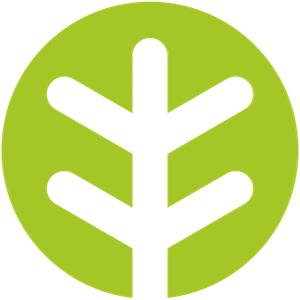How to Use Reiki for Self-Healing: Techniques You Can Practice at Home
Lisa Lawley | NOV 14, 2024
self-healing
reiki

Reiki is a powerful tool for healing, not just for others but also for yourself. If you’ve been attuned to Reiki, you already have the ability to channel universal energy to support your own well-being. Self-healing is a cornerstone of Reiki practice, offering a way to restore balance, relieve stress, and reconnect with your inner self. Here are some techniques to help you incorporate self-Reiki into your daily life.
Create Your Healing Space
Before beginning your self-Reiki session, prepare a calming environment. Choose a quiet space where you won’t be disturbed. Light a candle, diffuse essential oils, or play soft music to create an atmosphere that supports relaxation. If possible, include items that bring you comfort, such as a favorite blanket or cushion.
Need inspiration? Check out my favorite Reiki tools and resources to find crystals, books, and other items that can enhance your practice.
Ground and Center Yourself
Grounding yourself helps you connect with the earth’s stabilizing energy. Begin by taking a few deep breaths, inhaling through your nose and exhaling through your mouth. Imagine roots extending from the soles of your feet into the earth, anchoring you firmly. Once grounded, place your hands in Gassho (prayer position) and set an intention for your self-Reiki session.
Example intentions might include:
- “I invite Reiki to bring balance to my body, mind, and spirit.”
- “I trust Reiki to flow to where it’s needed most.”
Hand Positions for Self-Reiki
Reiki energy naturally flows where it’s needed, but using specific hand positions can help you focus on certain areas. Here’s a simple sequence to try:
1. Crown of the Head – Place both hands gently on top of your head. This position supports mental clarity and spiritual connection.
2. Eyes and Temples – Place your hands over your eyes or on your temples to relieve tension and calm your mind.
3. Throat – Lay your hands over your throat to encourage clear communication and self-expression.
4. Heart – Rest your hands over your chest, connecting with your heart chakra to promote self-love and emotional balance.
5. Solar Plexus – Position your hands over your upper abdomen to empower personal strength and confidence.
6. Lower Abdomen – Place your hands below your navel to balance creative and emotional energy.
7. Feet or Ankles – Finish by placing your hands on your feet or ankles to ground the energy.
Spend 3–5 minutes on each position, or longer if you feel drawn to certain areas. Trust your intuition; Reiki will guide you.
Incorporate Reiki Symbols
If you’ve been attuned to Level 2 or higher, incorporate Reiki symbols into your practice. Use the Cho Ku Rei symbol to amplify energy or Sei He Ki for emotional healing. Draw or visualize the symbols over your body, activating them with intention.
Meditation and Visualization
Combine your self-Reiki practice with meditation for a deeper experience. As you place your hands on each area, visualize golden light flowing from your hands into your body. Imagine this light filling you with warmth and dissolving any tension or negativity.
End with Gratitude
Once you’ve completed your session, bring your hands back to Gassho. Take a moment to thank the Reiki energy, yourself, and the universe for the healing. Reflect on any sensations or messages you received during your practice.
Tips for Consistent Self-Reiki Practice
- Set a Schedule: Dedicate 10–20 minutes daily or as needed for self-healing.
- Keep a Journal: Record your experiences and any shifts you notice over time.
- Stay Hydrated: Drink water after your session to support the release of energy blockages.
-Reiki self-healing is a beautiful way to maintain balance and nurture your own well-being. By making self-Reiki a regular part of your routine, you deepen your connection to Reiki energy and to yourself.
What are your favorite self-Reiki techniques? Share your experiences in the comments below—I’d love to hear from you!
Lisa Lawley | NOV 14, 2024
Share this blog post



 OfferingTree
OfferingTree